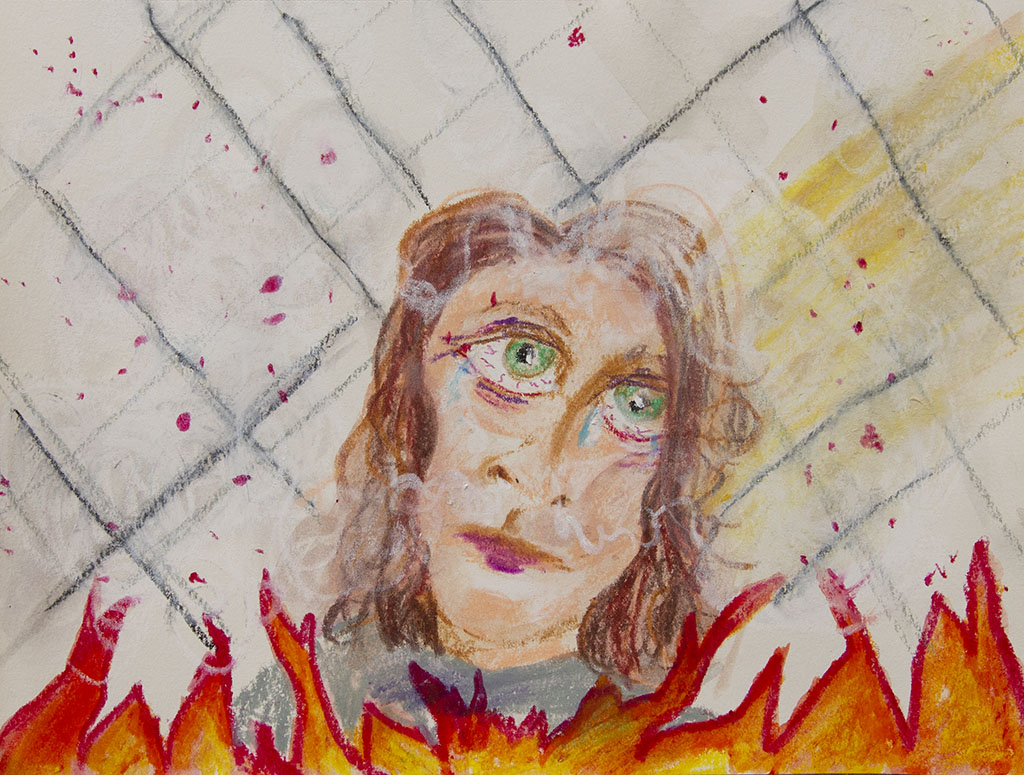What Happens in Vegas
What happens in Vegas, stays in Vegas, so the tagline goes. In no time, prison can rear up its dark side harkening things no one asks about. From a bet gone wrong, gang activity, conflicts with security and so on, violence is a by-product of prison life. After conviction, criminal activity doesn’t necessarily end once an inmate starts doing time. When laws are broken behind bars, inmates are sent to confinement.
In Your Tiny Little Cell
Confinement is essentially the jail for prison. Inmates are housed in confinement as they go through a hearing process for the rule violation and if found guilty, receive a disciplinary report (DR) and sentencing. DR’s can reduce gain time for eligible inmates and can extend their EOS (end of sentence). In confinement, inmates lose the privilege of living in an open bay or 2-man cell living quarters with open areas to walk about. In contrast, confinement entails small cells with restricted movement such as only getting phone privileges once per week. If inmates continue to break rules, an inmate could be transferred to an institution with Close Management (CM) for tighter control.
The Game
On this Friday, mental health was contacted by confinement to see an inmate claiming “psychological emergency,” that is, the inmate is stating he is suicidal or homicidal. On the walk down, I am granted permission to enter. Taking my first breath of the putrid confinement air, I begin to cough and tear up. Walking into the entrance, the seemingly normal air is not clear at all. Uncontrollably, I begin coughing and tearing. In the space, many officers are coughing with puffy eyes but walking at a normal pace with the look of “just another day in the office.” Looking up into the face of this inmate, he looks unphased. Earlier this day, this inmate was inappropriate and uncooperative when mental health checks were completed. Post-pepper spray, he was able to wash up. He stood tall, angry and matter-of-fact, awaiting his opportunity to stick-it-to security by getting a ticketed move out of confinement from his mental health visit.
Idol-ness of Prison Life
In the song “The Devil Went Down to Georgia,” the devil offers a bet to a boy named Johnny for the best fiddle playin’. To kick off this soul quest, the devil says, “I’ll start this show” (Hayward et al., 1979, May 21). In prison, manipulation is the name of the game. From the idleness of living, inmates often find maladaptive ways to spend their time. This idleness can become “idol-ness,” pointing inmates into this revered path to exploit other inmates, staff or prison services. With nothing to do, serving time can become the devil’s time.
Art Therapist with Conviction
Nothing wakes you up like the unknowing whiff of pepper spray in the morning. If you haven’t already questioned why you’re working there, an existential crisis could definitely ensue. Reflecting upon this peppery show, I created a poem and image called “Devil Show.”
“Devil Show”
Hidden to the eye
Nose finds flames – oh my!
Throat’s closing & binding
Doubling over
Eyes water
Coughing ensues
There’s a job to do.
Looking up at pain
From the burning rain
So sad to see such effort
Require the need of pepper.
Pains behind these bars
Spread to make more scars
Cycle over and over repeats
Boredom from these streets.
Creativity finds its path
But this way causes wrath
How may we implore
A way to pay debts
To be so much more.
Watching the “Devil Show,” this scheme often gets stuck in reruns: new inmate, new day but same show. From the song “The Devil Went Down to Georgia,” Johnny stated, “Devil, just come on back if you ever wanna try again, ‘Cause I’ve told you once–you son of a bitch–I’m the best there’s ever been” (Hayward et al., 1979, May 21). Like pepper spray filling a room, confinement is infused again with these droplets of deceit. Drawing the image allowed me to see the sadness of the situation. Plus, I could step back and recognize the inherent manipulation of therapeutic work in prison. Looking up into the eyes of this anger, most inmates are masking a felt idleness and depression. Gussak (2020) stated there’s a need to “rehumanize the dehumanized;” pointing out the need for inmates to regain their identity which is often stripped in this controlled setting. At the end of the day, this art therapist with conviction now knows, “Granny, does your dog bite? No, child, no.”
References
Gussak, D. E. (2020). Art and art therapy with the imprisoned: Re-creating identity. New York: Routledge Taylor & Francis Group.
Hayward, C. F., Daniels, C., Edwards, F., Marshall, J. W., Crain, J. & Digregorio, W. J. (1979, May 21). The Devil Went Down to Georgia. [Recorded by Charlie Daniels Band]. On Million Mile Reflections. New York City, NY: Epic Records.


